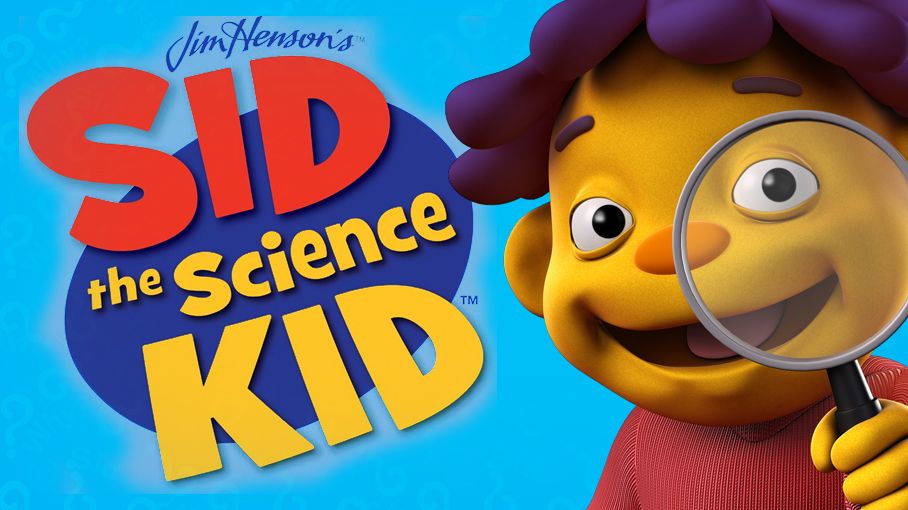
In the colorful universe of children’s entertainment, kids animated shows stand as beacons of imagination, creativity, and valuable life lessons. These vibrant programs have become more than just a way to keep children occupied; they’ve evolved into powerful educational tools that shape young minds while keeping them thoroughly entertained. From classic hand-drawn animations to modern computer-generated masterpieces, these shows create worlds where anything is possible and learning feels like an adventure.
The Evolution of Children’s Animation
From Saturday Morning Cartoons to Streaming Giants
Remember when Saturday mornings meant waking up early, grabbing a bowl of cereal, and settling in for hours of animated entertainment? Those days have transformed dramatically. While the traditional Saturday morning cartoon block has largely disappeared from network television, the spirit of those magical mornings lives on through streaming platforms, dedicated children’s channels, and innovative new educational cartoons that combine entertainment with valuable learning opportunities.
Today’s animated landscape offers unprecedented variety, accessibility, and thoughtful content designed with children’s development in mind. Parents can now choose programs tailored to specific age groups, learning objectives, and values they wish to instill in their children.
Technological Advancements and Visual Appeal
The visual quality of children’s animation has undergone a remarkable transformation. From the simple hand-drawn techniques of early cartoons to today’s sophisticated computer animation, the medium continues to push creative boundaries. This evolution has allowed creators to build more immersive worlds that capture children’s attention while delivering messages in increasingly engaging ways.
Modern animated shows feature cinematic quality, intricate character designs, and stunning environments that rival feature films. This visual sophistication doesn’t just make the shows more appealing—it helps children develop visual literacy and appreciation for artistic expression from an early age.
Educational Benefits Beyond Entertainment
Cognitive Development Through Storytelling
Well-crafted animated shows do more than entertain; they actively stimulate cognitive development. Through carefully structured narratives, these programs introduce children to concepts like cause and effect, problem-solving, and critical thinking. When characters face challenges and work through solutions, young viewers learn valuable approaches to overcoming obstacles in their own lives.
Shows that incorporate puzzles, mysteries, or interactive elements invite children to participate actively in the viewing experience rather than passively consuming content. This engagement strengthens neural connections and encourages the development of logical thinking patterns.
Social-Emotional Learning
Perhaps one of the most significant contributions of quality animated programming is in the realm of social-emotional learning. Through relatable characters and authentic situations, children’s shows model healthy relationships, emotional regulation, empathy, and conflict resolution.
When children see their favorite characters work through disagreements, express their feelings appropriately, or show kindness to others, they absorb these behavioral models and often incorporate them into their own social interactions. Many modern animated series make these social-emotional lessons central to their storytelling, recognizing the crucial importance of these skills in children’s development.
Diversity and Representation in Children’s Animation
The landscape of children’s animation has increasingly embraced diversity, offering young viewers windows into different cultures, family structures, abilities, and perspectives. This representation matters profoundly—when children see characters who look like them or share their experiences, it validates their place in the world and builds self-esteem.
Equally important, when children encounter characters different from themselves, it cultivates empathy and broadens their worldview. Modern animated shows increasingly feature diverse casts, authentic cultural elements, and stories that celebrate differences while highlighting our shared humanity.
Balancing Screen Time with Quality Content
While animated shows offer numerous benefits, parents naturally worry about screen time balance. The quality of content makes all the difference. Thoughtfully selected animated programming can serve as a valuable supplement to other learning and play activities, especially when parents engage with their children around the content.
Parental Co-Viewing and Discussion
The impact of animated shows increases dramatically when parents view alongside their children and discuss the content together. Simple conversations about a character’s choices, feelings, or problem-solving approaches can transform passive viewing into an active learning experience. These discussions help children process what they’ve watched and connect it to their own experiences.
From Passive Consumption to Active Engagement
The best children’s shows inspire activity beyond the screen—drawing pictures of favorite characters, role-playing scenarios from episodes, or exploring concepts introduced in the show through hands-on activities. Many modern programs intentionally incorporate these extension opportunities, suggesting related activities or questions for families to explore together.
Notable Series Shaping Young Minds
The current golden age of children’s animation has produced remarkable shows that combine entertainment value with thoughtful educational content. Series like “Daniel Tiger’s Neighborhood” continue Fred Rogers’ legacy of social-emotional learning, while programs like “Wild Kratts” spark curiosity about wildlife and science through thrilling adventures.
Shows like “Bluey” have garnered cross-generational appeal by embedding profound emotional wisdom within seemingly simple stories about everyday family life. Meanwhile, inclusive series featuring diverse protagonists ensure that all children can see themselves represented in the stories they love.
The Future of Children’s Animation
As technology continues to evolve, so too will the possibilities for children’s animated content. Interactive elements, augmented reality extensions, and personalized learning pathways represent just a few potential developments on the horizon. What remains constant is the medium’s unique capacity to engage children’s hearts and minds simultaneously.
The most successful shows will continue balancing entertainment with educational value, recognizing that children absorb information most effectively when it’s presented in joyful, engaging contexts. Animation’s boundless creative potential makes it the perfect vehicle for introducing young minds to new ideas, diverse perspectives, and fundamental values.
Conclusion
In a world of expanding entertainment options, quality animated shows remain a valuable resource for families. Beyond their function as digital babysitters, the best children’s animations serve as portals to learning, emotional growth, and expanded horizons. They create shared cultural touchpoints for young viewers and offer a magical space where education and entertainment seamlessly blend.
When thoughtfully selected and integrated into a balanced media diet, animated shows continue to earn their place as beloved companions on children’s developmental journeys—painting their growing minds with colors of knowledge, empathy, and wonder that may last a lifetime.